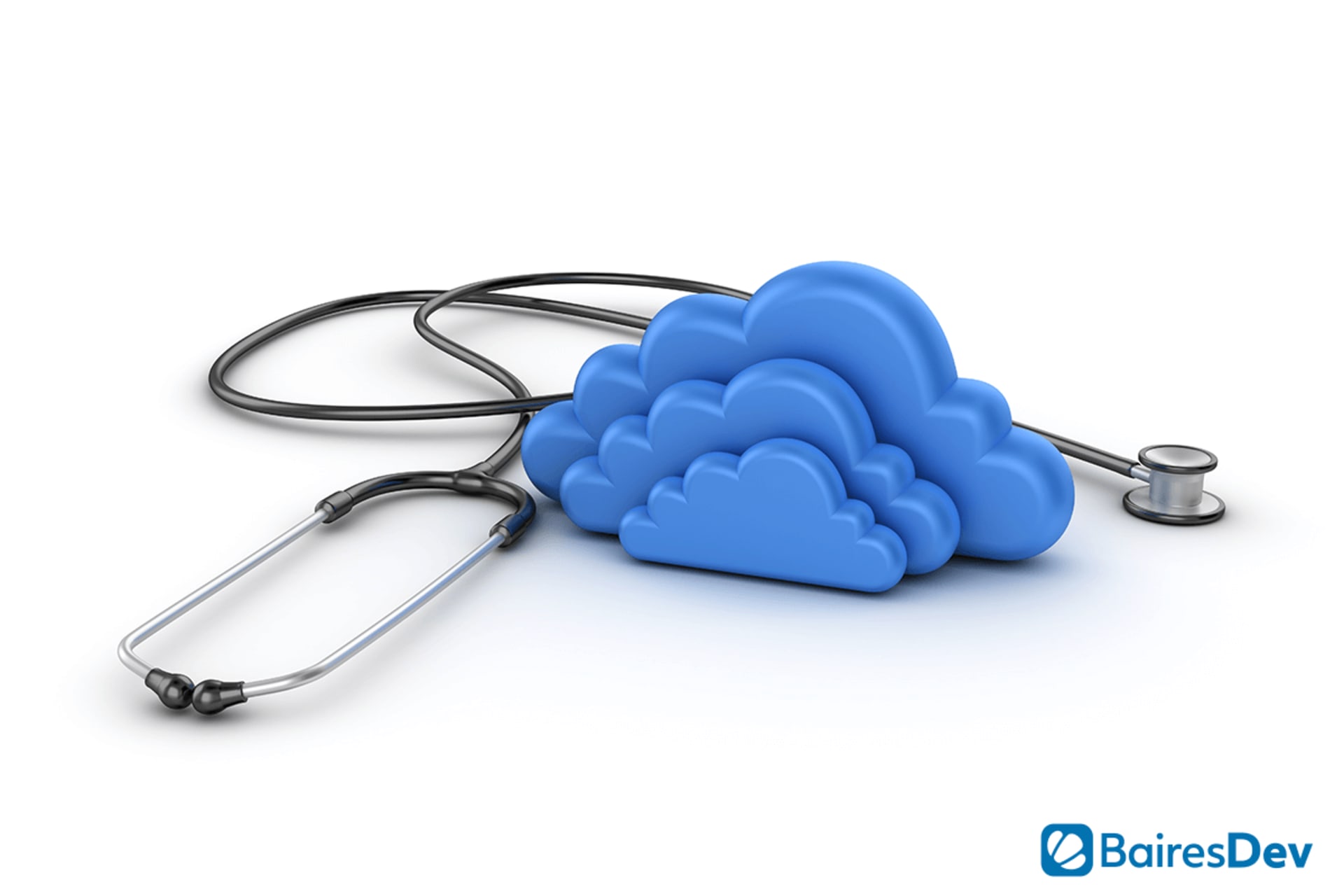I don’t know how the world will look like 20 years from now, I don’t know how people will think or talk about the 2020 pandemic, and I don’t think that anyone can tell either. But I hope that 2020 will be remembered as a wake-up call about healthcare and how unprepared we were to face a pandemic.
On October 5th, almost 8 months after the world had started lockdowns to slow down the spread of COVID-19, UK’s health secretary Matt Hancock told the House of Commons that over 16,000 COVID-19 cases went undiagnosed because of an “IT error”. A hardware failure maybe? a bug in the system? A bad backup?.
None of that. Public Health England was using an automatic process in which CSV files (a data file format) were turned into an XLS file (old-school Excel) which can only handle 65,000 rows of data (instead of the million-plus rows of modern XLSX files). So, due to the limitations of the file system all those cases went unaccounted for.
I could write a full article on all the data science sins that were committed here but for now, it’s enough to say that the consequences were catastrophic. Tens of thousands of British citizens went on with their daily life unaware that they’ve been exposed to COVID-19.
In contrast, South Korea has been one of the biggest success stories during the pandemic, keeping their infected numbers under control without having to lock down the economy. The reasons for such a success are threefold:
- Aggressive testing strategies with up to 15,000 to 20,000 tests per day.
- Focused quarantine of suspected cases and contact tracing.
- Fast deployment of temporary hospitals in affected areas.
That may not seem all that different from what other governments have done, except that the underlying decision-making has been guided by an unprecedented level of data handling and analytics.
As a quick example, instead of just focusing on positive cases and the verbal accounts of their daily routines, epidemiologists relied on credit card statements and CCTV footage to automatically cross-reference who may have been in contact with a carrier. In turn, the people at risk got notified by the system so they can go to their nearest clinic and get tested.
Such a complex system of real-time analytics requires massive amounts of processing power, which is why so much of this process relies on cloud computing. If there is one good thing we can learn from this comparison is that the healthcare industry has a lot to gain from adopting current trends in technology.
Patients as dynamic data
South Korea’s adoption of cloud computing is a sign of a paradigmatic shift in how we understand data. Patients have been historically handled as static data, that is, their information has always been stored in a server and pretty much left untouched. It may get updated from time to time as new data is collected but analytics and data transformation are made, for the most part, on copies of the dataset by researchers and engineers.
There is another way to think about that data rather than as an archeological fossil that needs to be protected and preserved in stasis. We should think of it as a living entity, growing, changing, adapting, and self-actualizing as new information is added.
AIs play a big role in dynamic systems, as they monitor the data and take actions based on conditions defined by the developers. For example, an AI could trigger an alarm and automatically contact a physician when a patient reaches a risk threshold calculated by a predictive model.
Since so much of the heavy lifting is done by the AI (such as cleaning and filtering the data and adjusting the models) the analysts spend more time interpreting the results and expanding the system by implementing more and better models that can have a direct impact on both patients and the institution.
With dynamic data, management can have intelligent models that help them take logistic decisions more efficiently. For example, with cloud analytics, one could compute the expected bed demands based on factors such as the infection rate of a disease in the area, the incoming flux of new patients, and the expected release date of current patients.
Off-site data analysis
Healthcare systems have a lot to gain by using cloud-storage and computing, first, there is a matter of scaling. Since cloud services are on-demand, the system will naturally scale and accommodate as more processing power is needed. With local servers, IT has to manually upgrade the hardware, which takes time and increases costs overall.
As more people are buying data-gathering appliances such as smartwatches, refrigerators, and cloud-based workout equipment, new opportunities are arising for the healthcare system to gather data directly from the user’s home.
Willing users can share their daily routine and eating habits which in turn can be processed by the system. The end result? More accurate models and better diagnostic tools for the healthcare professional and more accurate data for the researcher to study human health, all without the hassle of having to increase the bandwidth of a local server.
Aside from faster data-gathering, there is also the matter of more efficient data sharing, nearby facilities can share their data and the cloud can use the information to make more accurate models. That’s what happened in South Korea. The private sector and the government freely shared information between them which allowed them to pinpoint infection centers before they could spread.
Finally, as for software development, cloud-based-deployment tends to be faster and cleaner, new applications and technologies can be implemented and debugged in real-time, this is a godsend, especially if your development team is working off-site.
A closer relationship with the end-user
So far we’ve talked about the benefits behind the scenes, but real-time analysis also means that a user can have faster and easier access to test results, diagnosis, and recommendations.
Imagine an interconnected world where a patient has a phone app that pushes a notification when their test results are ready while at the same time, that information is being processed by the cloud and their profile is updated without the need of a human analyst and all in real-time.
There is a lot to be gained here, especially for elderly patients or users with special needs who need close support. A caregiver can have remote access to clinical information as well as real-time measurements such as heart rate, which helps their job tremendously.
In the case of a pandemic or flu season, cloud analytics can predict potential infection patterns and inform patients near outbreaks to be careful. This can be done for other forms of health risks as well, such as air contamination.
In essence, healthcare is the industry of wellbeing, and as technology evolves it has to look at how the world is changing and how it can change with it to deliver a more flexible and efficient system that can have further reach and serve the population at large.







